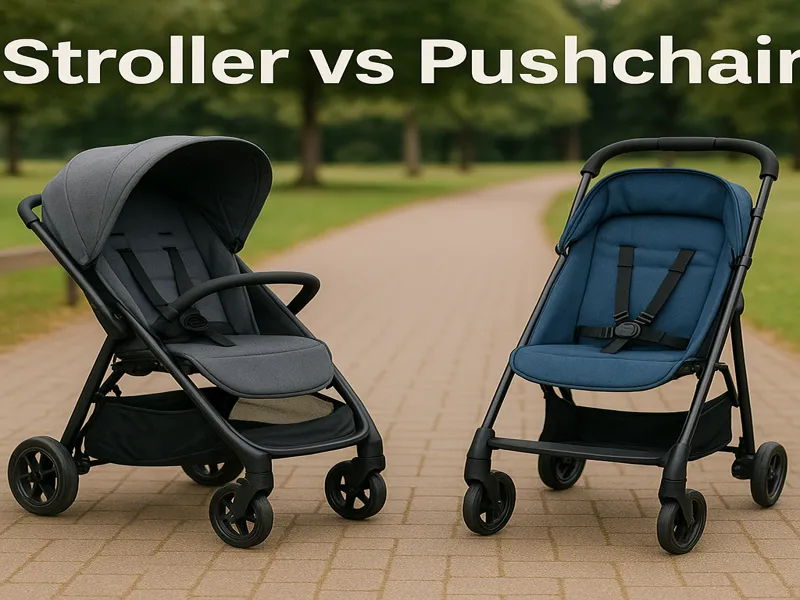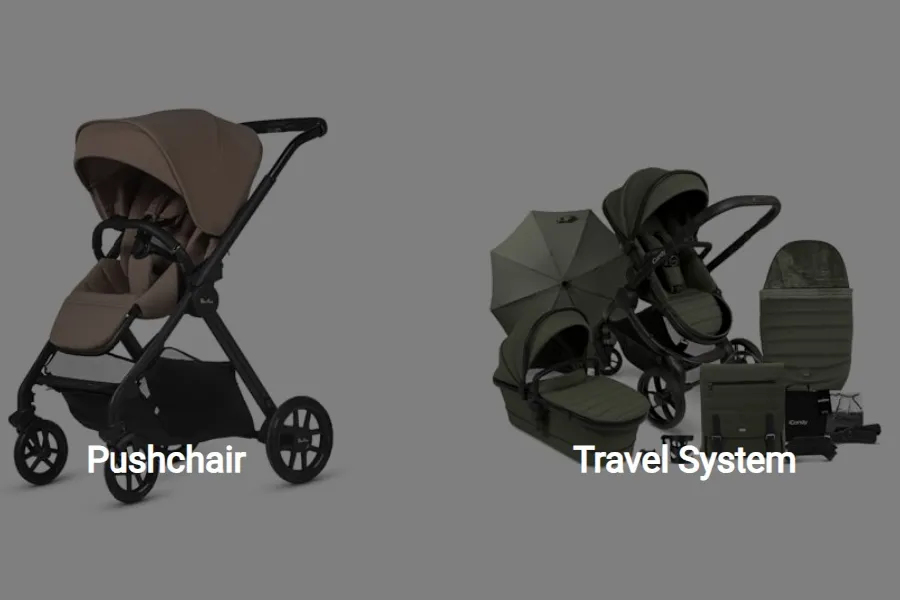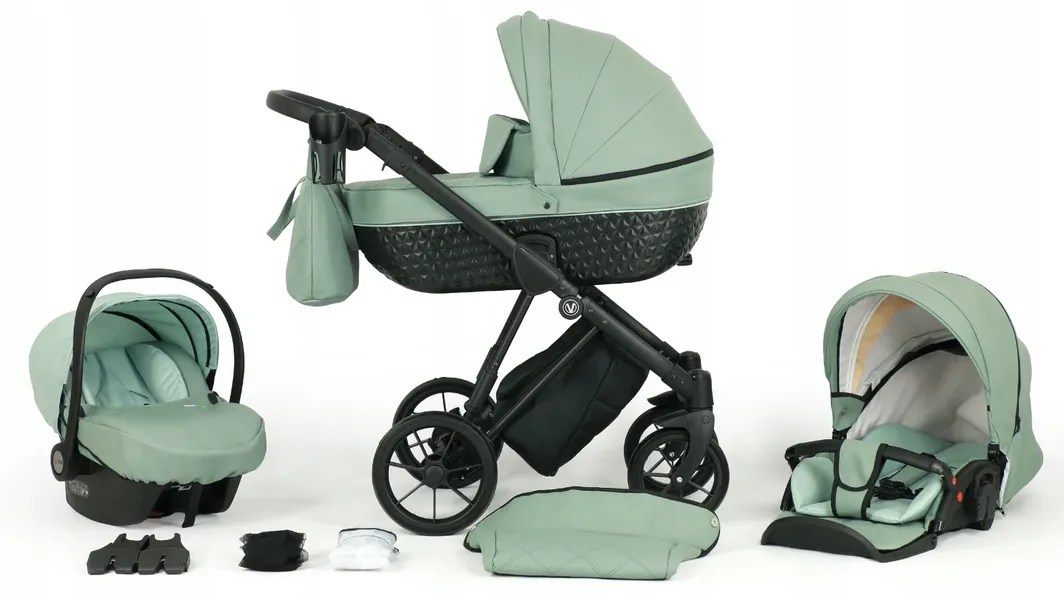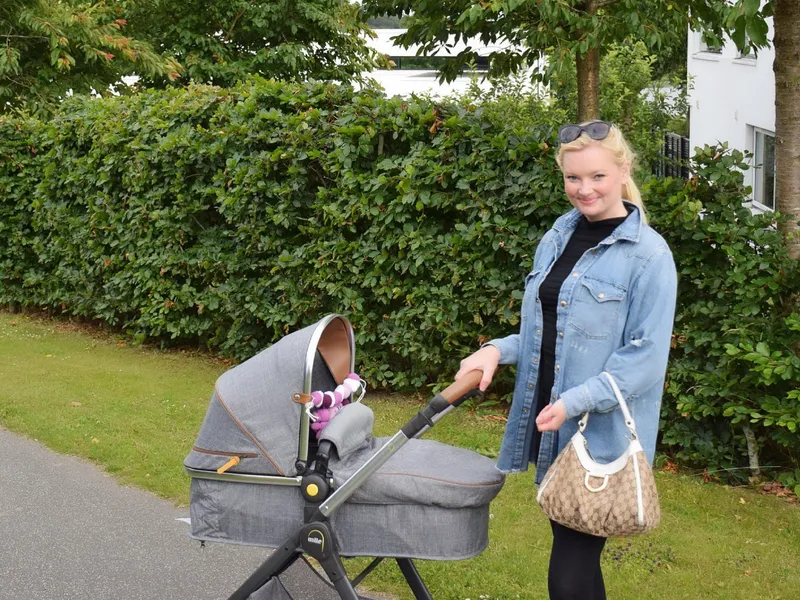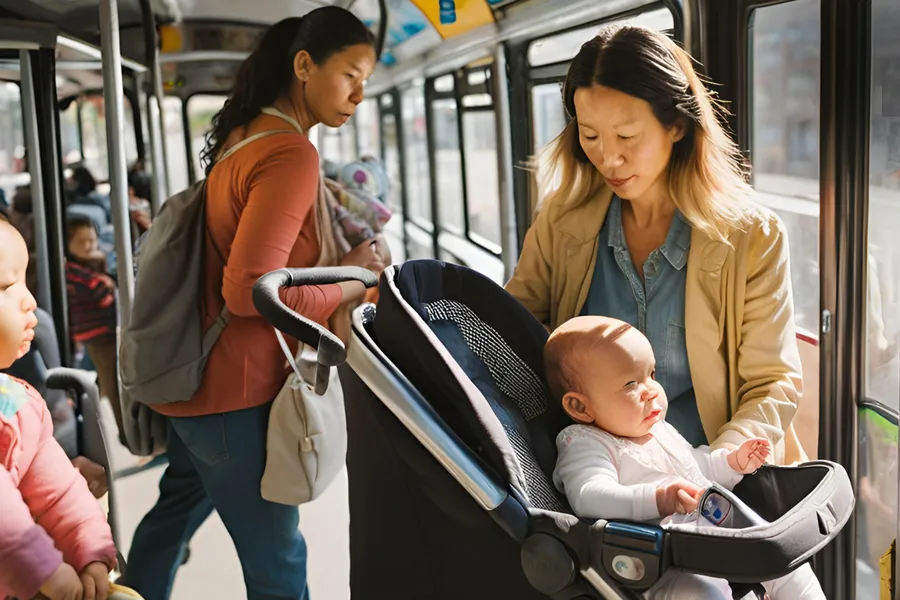
Baby Transport Safety: London Parent’s Essential Guide
Your baby’s safety during London travel isn’t just about choosing the right equipment – it’s about mastering safe transport practices. According to Transport for London’s latest safety report, over 40% of parent-reported transport incidents could have been prevented with proper safety measures. Here’s your essential guide to keeping your little one secure on London’s transport network.
Pushchair Safety Essentials
Your pushchair is your primary transport tool, and its safety features need regular checks. The Royal Society for the Prevention of Accidents recommends daily safety checks before heading out.
Essential safety checks:
- Brakes functionality
- Harness security
- Frame stability
- Wheel alignment
- Locking mechanisms
Learn more about choosing a safety-rated pushchair for London use.
Public Transport Safety
Tube Safety
Your tube journey requires specific safety considerations. According to TfL’s guidance:
- Always apply pushchair brakes on platforms
- Position away from platform edges
- Use designated spaces in carriages
- Keep hold of your pushchair even when braked
Bus Journey Protection
Master these essential bus safety practices:
- Board through designated doors
- Use the wheelchair/pushchair area
- Apply brakes immediately
- Stay with your pushchair
- Position facing the back when possible
Weather Safety Considerations
London’s weather can create unexpected safety challenges. The Met Office notes that weather-related transport incidents increase during extreme conditions.
Weather safety essentials:
- Proper rain protection
- Secure sun shields
- Anti-slip wheel covers
- Temperature management
- Visibility equipment
Ensure your transport gear meets all-weather safety standards.
Station Navigation Safety
Moving through stations safely requires careful attention. Mind the gaps and manage transitions safely:
- Use lifts when available
- Take stairs slowly and carefully
- Keep to well-lit areas
- Follow safety signage
- Seek staff assistance when needed
Learn safe techniques for managing station stairs.
Emergency Preparedness
Every London parent needs an emergency plan. The NHS recommends preparing for common transport situations:
- Service disruptions
- Medical emergencies
- Extreme weather
- Equipment failures
Keep an emergency kit containing:
- First aid supplies
- Emergency contacts
- Backup travel funds
- Essential medications
- Travel disruption plans
Night Travel Safety
Evening transport requires extra safety measures:
- Use well-lit routes
- Choose busy stations
- Increase visibility
- Stay alert to surroundings
- Pre-book night transport when possible
Equipment Security
Keep your transport equipment safe and secure:
- Regular maintenance checks
- Proper storage practices
- Security marking
- Insurance coverage
- Theft prevention
Protect your essential transport equipment.
Safety Documentation
Keep important safety information readily available:
- Emergency contacts
- Medical information
- Insurance details
- Equipment warranties
- Safety procedures
Seasonal Safety Updates
Adjust your safety practices seasonally:
- Winter ice protection
- Summer heat management
- Autumn rain safety
- Spring wind considerations
Training and Preparation
Invest time in safety preparation:
- Practice emergency procedures
- Learn first aid basics
- Understand equipment features
- Master safe handling techniques
- Know your rights and responsibilities
Conclusion:
Safe baby transport in London comes down to preparation, awareness, and proper equipment use. While the city’s transport system is generally safe, your attention to these safety measures ensures the best protection for your little one.

